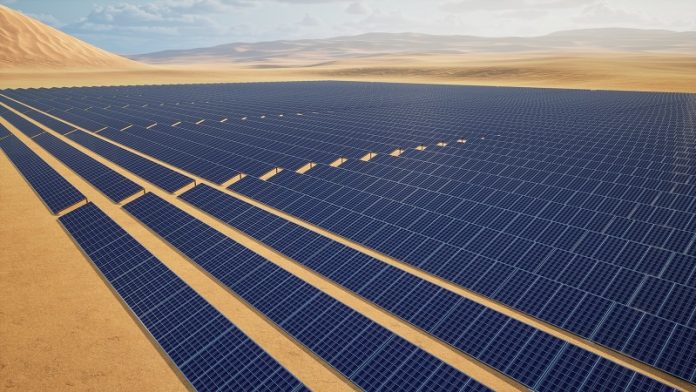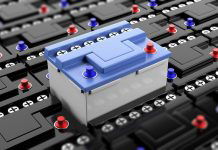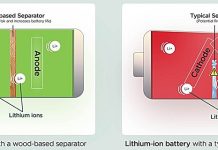
Imagine you leave an object out in the sun. It will start to get warmer as it absorbs the sun’s energy and turns it into heat.
But there’s a limit to how hot it can get. Think about a person sunbathing on a beach. They get warm, but they don’t catch fire!
As objects (or people) take in energy from the sun, they also release some energy back out as heat. You’ve probably felt this if you’ve ever walked by a sun-warmed brick wall and felt the heat radiating from it.
For more than 150 years, scientists have used something called Kirchhoff’s law of thermal radiation to understand this process.
This law, developed by Gustav Kirchhoff in 1860, says that the amount of energy an object absorbs and the amount it emits are equal at every wavelength and angle of incidence.
But now, a team of scientists led by Harry Atwater, a professor at Caltech, has created a new device that changes all that.
This invention breaks the old rules and can absorb and emit different amounts of energy. It could be a game-changer for harvesting sustainable energy and even for making new types of camouflage.
The team’s research, titled “Direct Observation of Kirchhoff Thermal Radiation Law Violation,” was published in the journal Nature Photonics.
According to Professor Atwater, Kirchhoff’s law has stood unchallenged for over a century. While there have been theoretical proposals suggesting it could be broken, this is the first experimental proof that it’s possible.
Komron Shayegan, a graduate student and the lead author of the study, explained that Kirchhoff’s law has guided the design of devices that absorb and emit radiation. By understanding how a material absorbs energy, we could predict how it would emit energy. However, recent trends in designing such devices are trying to break this one-to-one equality.
The aim is to increase the efficiency of energy-harvesting systems, like solar panels. Normally, a solar panel absorbs energy from the sun, but also emits some of that energy back as heat. That heat is lost energy.
The team’s idea is that if a solar panel could emit less energy back to the sun and more towards another energy-harvesting device, we could convert more energy overall.
Their study showed that it’s possible to break Kirchhoff’s law using a device in a moderate magnetic field. The device combines a material that reacts strongly to a magnetic field with a patterned structure that boosts absorption and emission of infrared wavelengths.
The team found that just by heating the device above room temperature, they could observe the difference between how much energy the device absorbs and how much it emits.
This breakthrough could have a huge impact on the way we harvest energy, making it more efficient and sustainable. It goes to show that sometimes, breaking the rules can lead to exciting new discoveries!
Follow us on Twitter for more articles about this topic.



